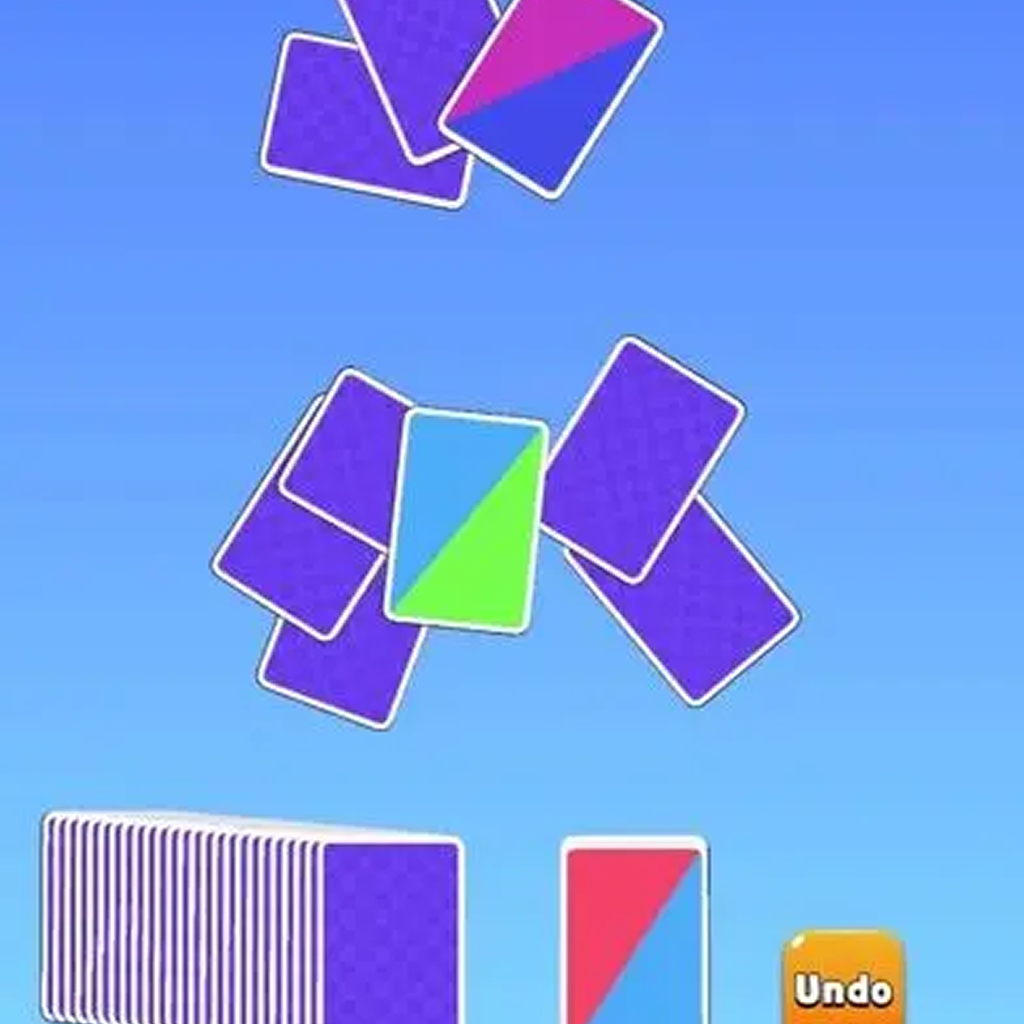I bought a new game the other day. A big, AAA, seventy-dollar title. I still love physical media, you see. I like the ritual of it. The drive home, the satisfying crack as you break the plastic wrap, the thunk of the disc tray. But when I opened this one, I just… stared.
Inside the vibrant blue plastic box was the disc, clipped in on the right. And on the left? Nothing. Absolutely nothing. Just two plastic clips designed to hold a manual that wasn't there. No little insert with the controls. No flimsy, one-page ad for the season pass. Just a vast, empty expanse of molded plastic, staring back at me like a sad, vacant eye.
And I felt this bizarre wave of disappointment, followed by a genuine question. What the hell is going on here?
The Great Hollowing Out
Look, I’m not some fossil who thinks we should go back to blowing on cartridges. But I remember a different time. A better time, for boxes at least. I remember the heft of the original PC box for Baldur’s Gate, which felt like it contained a sacred text. And in a way, it did. It had a thick, spiral-bound manual filled with lore, spell descriptions, and beautiful artwork. It was part of the world-building before you even installed the game.
I remember unfolding the poster-sized map that came with Grand Theft Auto: Vice City, tracing the streets of this place I was about to digitally inhabit. It made the world feel tangible. Real. Those manuals, those maps, those little extras—they weren't just fluff. They were an integral part of the onboarding process, a physical anchor to a digital experience.
But somewhere along the line, they vanished.
First, the thick manuals became thin "quick start" guides. Then those guides became a single, folded sheet. And now, more often than not, that sheet is gone, too. Replaced by a QR code, if you're lucky. Or, as in my recent experience, by the echoing silence of empty plastic clips.
So, What Actually Explains the Empty Video Game Cases?
The easy answer is money. Of course it is. Printing costs money. Paper costs money. Designing, writing, and shipping a 50-page, full-color manual for millions of units adds up. From a cold, corporate-accounting perspective, cutting it is a no-brainer. It’s a clean line item to slash from the budget.
But there's something more insidious at play here. It’s not just about saving a few bucks on printing.
The physical game case itself has become a ghost. A necessary evil for publishers who still need a presence on the shelves of Target and Walmart. The disc inside is often little more than a key—an installer that immediately prompts you to download a 60GB day-one patch that contains the actual playable game. The box isn’t a vessel for the game anymore; it’s a vessel for a license to download the game. It's a weird purgatory between physical and digital, and the case reflects that soulless limbo.
And then there are the "eco-friendly" cases. You know the ones. They have huge chunks of the plastic cut out, usually behind where the cover art sits. The official line is that this reduces plastic usage to save the planet. And while, sure, less plastic is technically a good thing, I can't shake the feeling that it's just another cost-saving measure dressed up in a flimsy green cape. The cases are fragile, they offer less protection to the artwork, and they feel profoundly, unforgivably cheap. It’s the physical manifestation of getting less for more money.
The Collector's Edition Paradox and an Indie Counter-Revolution
But here’s the weirdest part of all. While the standard edition case is being hollowed out and starved into a brittle skeleton, the high-end collector’s editions have gone completely in the other direction.
They’re more lavish than ever. You don’t just get a case; you get a Steelbook. You don’t just get a manual; you get a 200-page hardcover art book. You get statues, soundtracks, enamel pins, and cloth maps. The market has completely split. There's the seventy-dollar empty box for the masses, and the two-hundred-and-fifty-dollar treasure chest for the hardcore enthusiast. There is no middle ground.
It's a deliberate strategy. Publishers have realized that the people who still really care about physical media are willing to pay a premium for a premium product. So why bother making the standard edition nice?
Wait, actually, there’s an even more interesting wrinkle. A counter-movement is brewing in the indie scene. Companies like Limited Run Games, iam8bit, and Fangamer are doing the lord's work. They partner with developers of digital-only indie games—games you'd normally only find on Steam or the eShop—and give them the glorious physical releases they deserve. We're talking reversible cover art, full-color manuals, and lovingly crafted boxes. It’s a testament to the fact that there are still people out there—both creators and consumers—who believe in the power of a well-made physical product. They prove that you don't need a massive budget, just a bit of passion. Even simple, fun adventure games you might find on a site like CrazyGames have more soul than some of these big-budget empty boxes.
It’s a far cry from the simple fun of a quick round of Foosball Kick, but it serves a passionate niche that the big publishers have decided to abandon unless you're willing to shell out hundreds of dollars.
So, where does that leave us? Standing in the aisle, holding two versions of the same game. One is an empty, brittle shell. The other is a treasure chest that costs as much as a car payment. It’s a weird thing.
Even a straightforward puzzle experience like Tricky Trip has a certain completeness to it that a brand new, empty AAA game case just lacks. The whole experience feels incomplete now, and that's a genuine shame.
FAQs: Your Burning Questions About These Hollow Shells
Why are new game cases so flimsy and have holes in them?
That’s the "eco-case" design. The official reason given by manufacturers is to reduce the amount of plastic used in production, which is better for the environment. A more cynical—and likely just as true—take is that it’s a cost-cutting measure. Less plastic means lower material costs per unit, which adds up to big savings for publishers over a print run of millions.
Is it even worth buying physical games anymore?
It really depends on you! If you like to trade-in or sell games, or share them with friends, then yes, physical is the only way to go. It’s also great for collectors or people who worry about losing access to their digital libraries if a service shuts down. But if you value convenience and don't mind that you're just buying a license, digital is often easier and faster.
Seriously, what happened to the instruction manual?
It died a slow death for two main reasons: cost and redundancy. As mentioned, printing is expensive. At the same time, most games now have extensive in-game tutorials that walk you through the controls and mechanics, making a separate manual feel less necessary to the publishers. We lost a lot of art and lore in the process, though.
So, what the hell is going on with video game disc cases is just… they’re getting cheaper?
Essentially, yes. The standard edition physical game has been de-prioritized. It exists to take up shelf space and serve as an alternative to digital, but publishers aren't investing in it as a premium product. The focus has shifted to digital sales and high-margin Collector's Editions, leaving the humble plastic box as an unfortunate casualty.
Are my old, complete-in-box games with the manuals worth anything?
They certainly could be! The value of retro games, especially ones in great condition with all the original inserts and manuals, has skyrocketed. It’s a niche market, but for sought-after titles on older consoles like the SNES, PS1, or GameCube, a "complete-in-box" (CIB) copy can be worth hundreds, or even thousands, of dollars to serious collectors.
The empty case on my desk is a symbol of this strange new world. It’s a placeholder. A promise. A key to a digital door. It does its job, I suppose. The game installed and it plays wonderfully. But I can't help but feel a little pang of loss for the days when opening a game case was the first step of the adventure, not just a reminder of what's been lost.

























